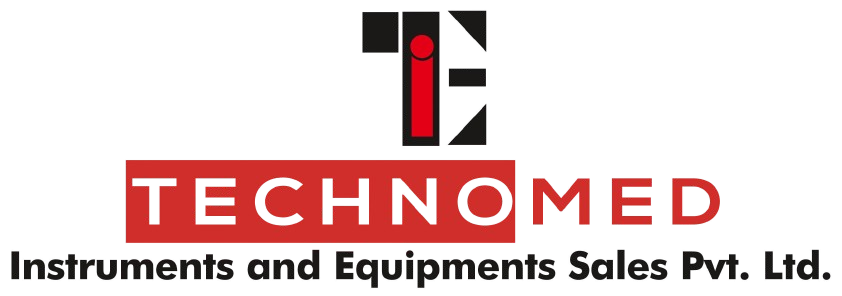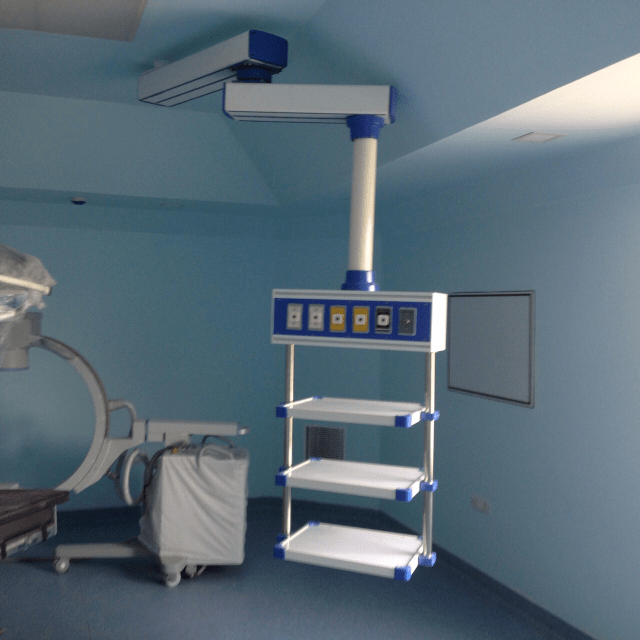The Science Behind Medical Gas Alarms: Ensuring Patient Safety 24/7
The Science Behind Medical Gas Alarms
In modern hospitals, patient safety depends not only on skilled medical staff but also on the reliability of medical equipment. Among the most critical systems are medical gas pipelines and their monitoring devices. Medical gas alarms play a pivotal role in ensuring that oxygen, nitrous oxide, medical air, and vacuum systems function flawlessly—any disruption can be life-threatening.
What Are Medical Gas Alarms?
Medical gas alarms are electronic monitoring devices connected to hospital gas pipelines. They constantly track pressure, flow, and supply levels of essential gases. When the system detects abnormalities—like a drop in oxygen pressure or a blockage in the pipeline—it immediately triggers an audible and visual alert, notifying staff to take corrective action.
Types of Medical Gas Alarms
-
Pressure Alarms – Monitor the pressure in oxygen, air, or nitrous oxide lines.
-
Supply Alarms – Alert when gas supply from the central source is interrupted.
-
Vacuum/Exhaust Alarms – Monitor suction systems to ensure proper waste removal.
-
Combination Alarms – Integrate multiple sensors for comprehensive monitoring.
Why Medical Gas Alarms Are Crucial
-
Patient Safety: Sudden drops in oxygen or nitrous oxide can be life-threatening. Alarms ensure immediate action.
-
Continuous Monitoring: Hospitals operate 24/7; alarms provide constant surveillance even during off-hours.
-
Operational Efficiency: Early detection of leaks or pressure drops prevents equipment failure and costly downtime.
-
Regulatory Compliance: Many health authorities mandate the use of alarms to meet safety standards.
How Medical Gas Alarms Work
Medical gas alarms are integrated with sensors and controllers that measure gas pressure and flow rates. Advanced systems use digital monitoring and remote alerts, allowing hospital staff to track multiple zones simultaneously. When readings go beyond preset thresholds, the alarm activates, prompting corrective measures before patient care is affected.
Key Features Include:
-
Real-time monitoring
-
Visual display of pressure and flow rates
-
Remote notification for critical events
-
Integration with hospital management systems
Technomedie’s Role in Ensuring Reliable Medical Gas Alarms
At Technomedie, we understand that precision, reliability, and quick response are essential. Our medical gas alarms are:
-
Designed for continuous 24/7 monitoring
-
Compatible with centralized and decentralized hospital gas systems
-
Equipped with easy-to-read displays and audible alerts
-
Built to comply with global safety standards
By combining robust technology with expert installation and maintenance, Technomedie ensures that hospitals are always prepared, keeping patients safe around the clock.
Conclusion
Medical gas alarms may operate quietly in the background, but their role is critical in hospital safety. From detecting pressure drops to preventing equipment failure, these systems ensure that medical teams can provide uninterrupted, life-saving care.




